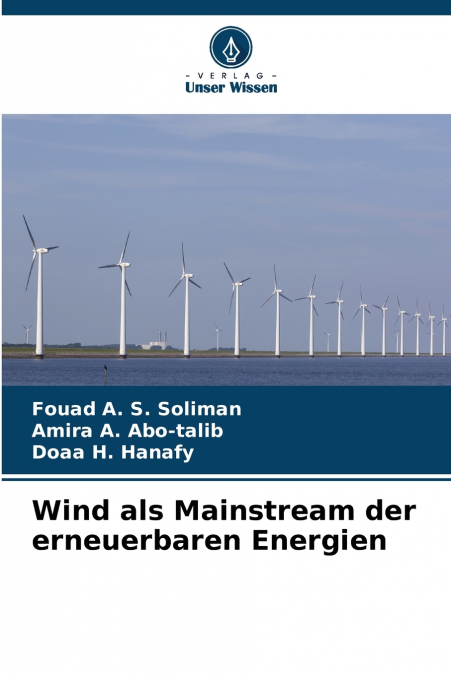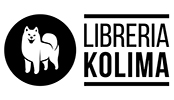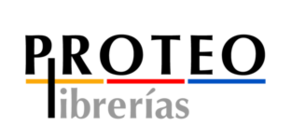
Amira A. Abo-talib / Doaa H. Hanafy / Fouad A. S. Soliman
 Librería Perelló (Valencia)
Librería Perelló (Valencia)
 Librería Aciertas (Toledo)
Librería Aciertas (Toledo)
 El AlmaZen del Alquimista (Sevilla)
El AlmaZen del Alquimista (Sevilla)
 Librería Elías (Asturias)
Librería Elías (Asturias)
 Librería Kolima (Madrid)
Librería Kolima (Madrid)
 Donde los libros
Donde los libros
 Librería Proteo (Málaga)
Librería Proteo (Málaga)
Unter Windkraft oder Windenergie versteht man vor allem die Nutzung von Windturbinen zur Stromerzeugung. Die Windenergie ist eine beliebte, nachhaltige und erneuerbare Energiequelle, die weitaus geringere Auswirkungen auf die Umwelt hat als die Verbrennung fossiler Brennstoffe. In der Vergangenheit wurde die Windenergie für Segel, Windmühlen und Windpumpen genutzt, aber heute wird sie hauptsächlich zur Stromerzeugung eingesetzt. Windparks bestehen aus vielen einzelnen Windturbinen, die an das Stromübertragungsnetz angeschlossen sind.